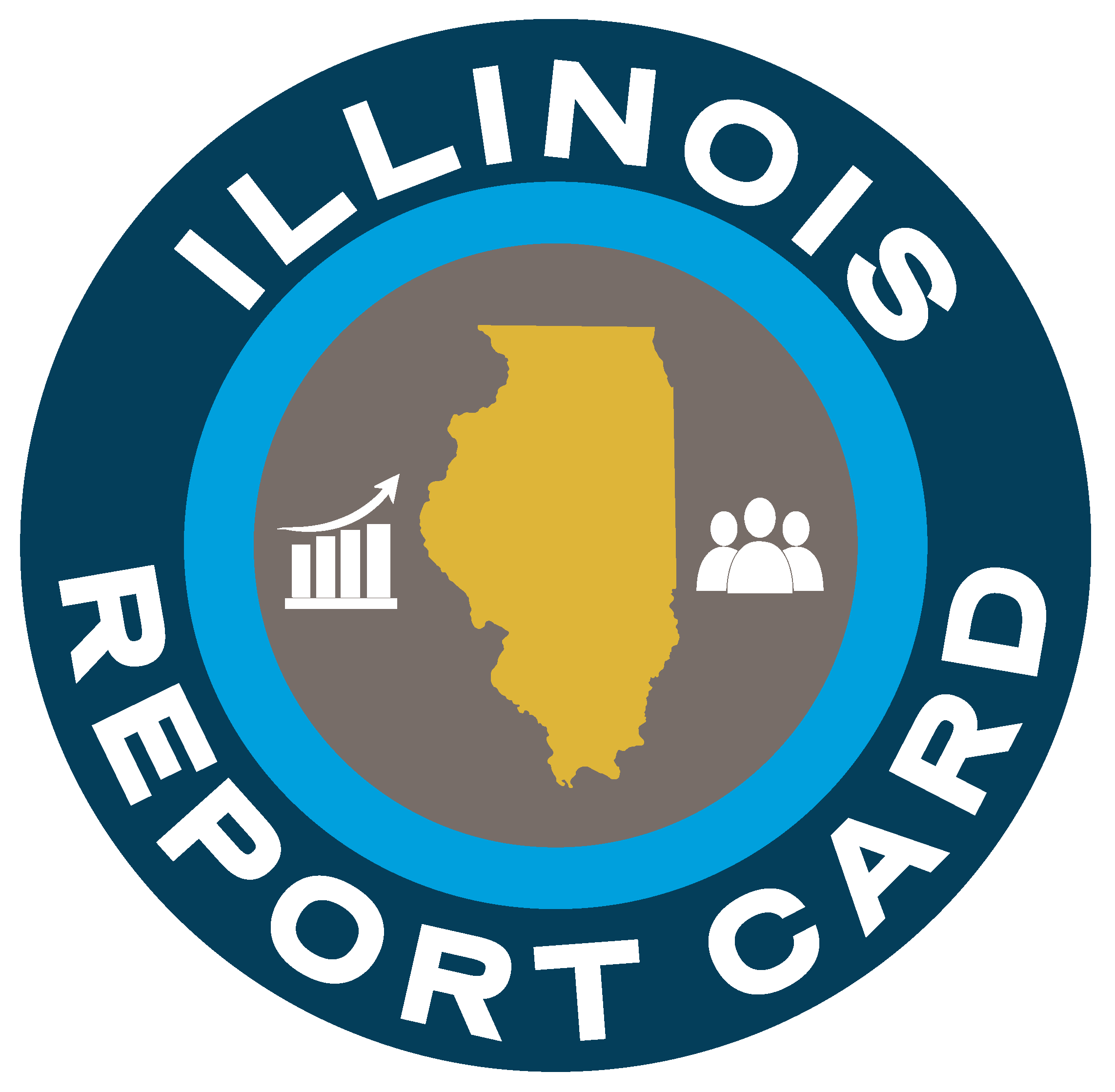The Big Test
Not my test the students took a test. We covered area, surface area, and volume or everything we focused on during first quarter. Oh my was that difficult. I called 16 of 62 parents, these were not the only failing grades these were the tests with nothing. Like what did we do for the last 10 weeks because they had no idea. 26% of my students seemed to have no idea what we did for the entire first quarter of math class. On the flip side only 21% passed. 79% of my students could not pass a 7th grade math test after spending an entire quarter learning and 3 days reviewing.
Through my disappointment it occurred to me that if this many students failed maybe something else is wrong. Could I be failing as a teacher? Probably, I'm mediocre at best.
All my innovative thoughts of differentiating down to the level of my students and building from what they know to what they need to learn just failed miserably.
Did they just freeze on the test? Were the questions too complicated? Did they not know the material?
Maybe a combination of all three depending on the student.
I am sure there are a few students who just don't know the material.
Of the 17 students who failed at 25% (minimum score even for blank tests) there were 67 missed days of school. Average of about 4, with a minimum of 0 and maximum of 20. Take out the outliers (16 and 20) and we still have an average of 2 missed days of school. Remember this is just the first quarter. These students are on a pace to miss 8 days of school and they are in serious danger of failing math already. Students who passed the test had a total of 15 missed days of school. An average of 1 day.
The average MAP score of a student who scored 25% (the minimum) was 198.5. Equivalent to about 3rd or 4th grade math.
So now I don't feel so bad.
The average MAP score for all students is 211. This is saying the average student in my class tests a the equivalent of 5th grade in math. The average grade on the test was 43%. When they take a 7th grade level math test is it so surprising that they score below a 50%?
Of the 13 students who passed the average MAP score was 223 which is equivalent to 7th grade math. Their average test score was 71%.
For the rest of the class (those with a grade of greater than 25% and less than 60%) the average MAP was 206, average grade equivalence between 4th and 5th grade. Their test average was 46%.
So did students know the material? If they missed a lot of school and had a 3rd or 4th grade math equivalency (often still struggling with multiplication tables) then they did basically nothing on the test. If they were 2 or 3 grade levels below 7th grade they scored an average of 46%, still failing, but almost double the lowest students. Students who were at or above grade level 60% passed the test (Only 4 with MAP score below 7th grade passed the test). The other 13 who passed were at or above grade level. Grade level for 7th grade is 223 to 226 a small range and only 2 students are actually in that range. Six of 15 students with a MAP score at or above 7th grade level failed the test. Average MAP for those students was 228. Of those six there were 11 missed days of school or almost 2 each. Almost double the average absences of students who passed. The class average for missed days was 2.6 or 2.2 with the outliers (16 and 20) removed.
My conclusion, if students were close to grade level, did not miss too many days of school, they had a decent shot at passing this test. This is not good enough for a "failing" school of course.
Now was the test too complicated? This is where I can make the most improvement. We spent the bulk of our classroom time working area of shapes and very little time working word problems. Most of the problems on the test were word problems. Two of them were asking students to use area or volume formulas as a means to solve a logical problem. These are depth of knowledge 3 (DOK 3) problems, they ask students to solve a multi-step problem of which one of the steps requires the skills learned in the unit and they other steps use logic and skills learned previously. We did do a few of these DOK 3 problems in class, we just didn't do many. When we did do them we were rushed to finish and didn't really have time to think about them.
I know why we didn't spend enough time on the more complicated problems, I felt my students didn't have a strong enough grasp of the fundamentals so we never moved past them. I can't do anything about the low MAP scores, but I can introduce more complex problems earlier and more often.
As a final note, I always give my students the opportunity to make corrections on any test. They must not only provide the right answer, but also an explanation of what they did wrong or what and why they did their specific calculations on each step. (I still have trouble explaining this to my students. I feel if they could understand this better they would do better overall. My latest attempt is this graphic organizer). Anyway, during at least the first period I overheard a several great math conversations about what went wrong and how to make it right. The other 3 periods are all afternoon and tend to be less enthusiastic about math. There were pockets of great math work, but also pockets of students who did their best to avoid math.
Through my disappointment it occurred to me that if this many students failed maybe something else is wrong. Could I be failing as a teacher? Probably, I'm mediocre at best.
All my innovative thoughts of differentiating down to the level of my students and building from what they know to what they need to learn just failed miserably.
Did they just freeze on the test? Were the questions too complicated? Did they not know the material?
Maybe a combination of all three depending on the student.
I am sure there are a few students who just don't know the material.
Of the 17 students who failed at 25% (minimum score even for blank tests) there were 67 missed days of school. Average of about 4, with a minimum of 0 and maximum of 20. Take out the outliers (16 and 20) and we still have an average of 2 missed days of school. Remember this is just the first quarter. These students are on a pace to miss 8 days of school and they are in serious danger of failing math already. Students who passed the test had a total of 15 missed days of school. An average of 1 day.
The average MAP score of a student who scored 25% (the minimum) was 198.5. Equivalent to about 3rd or 4th grade math.
So now I don't feel so bad.
The average MAP score for all students is 211. This is saying the average student in my class tests a the equivalent of 5th grade in math. The average grade on the test was 43%. When they take a 7th grade level math test is it so surprising that they score below a 50%?
Of the 13 students who passed the average MAP score was 223 which is equivalent to 7th grade math. Their average test score was 71%.
For the rest of the class (those with a grade of greater than 25% and less than 60%) the average MAP was 206, average grade equivalence between 4th and 5th grade. Their test average was 46%.
So did students know the material? If they missed a lot of school and had a 3rd or 4th grade math equivalency (often still struggling with multiplication tables) then they did basically nothing on the test. If they were 2 or 3 grade levels below 7th grade they scored an average of 46%, still failing, but almost double the lowest students. Students who were at or above grade level 60% passed the test (Only 4 with MAP score below 7th grade passed the test). The other 13 who passed were at or above grade level. Grade level for 7th grade is 223 to 226 a small range and only 2 students are actually in that range. Six of 15 students with a MAP score at or above 7th grade level failed the test. Average MAP for those students was 228. Of those six there were 11 missed days of school or almost 2 each. Almost double the average absences of students who passed. The class average for missed days was 2.6 or 2.2 with the outliers (16 and 20) removed.
My conclusion, if students were close to grade level, did not miss too many days of school, they had a decent shot at passing this test. This is not good enough for a "failing" school of course.
Now was the test too complicated? This is where I can make the most improvement. We spent the bulk of our classroom time working area of shapes and very little time working word problems. Most of the problems on the test were word problems. Two of them were asking students to use area or volume formulas as a means to solve a logical problem. These are depth of knowledge 3 (DOK 3) problems, they ask students to solve a multi-step problem of which one of the steps requires the skills learned in the unit and they other steps use logic and skills learned previously. We did do a few of these DOK 3 problems in class, we just didn't do many. When we did do them we were rushed to finish and didn't really have time to think about them.
I know why we didn't spend enough time on the more complicated problems, I felt my students didn't have a strong enough grasp of the fundamentals so we never moved past them. I can't do anything about the low MAP scores, but I can introduce more complex problems earlier and more often.
As a final note, I always give my students the opportunity to make corrections on any test. They must not only provide the right answer, but also an explanation of what they did wrong or what and why they did their specific calculations on each step. (I still have trouble explaining this to my students. I feel if they could understand this better they would do better overall. My latest attempt is this graphic organizer). Anyway, during at least the first period I overheard a several great math conversations about what went wrong and how to make it right. The other 3 periods are all afternoon and tend to be less enthusiastic about math. There were pockets of great math work, but also pockets of students who did their best to avoid math.




Comments